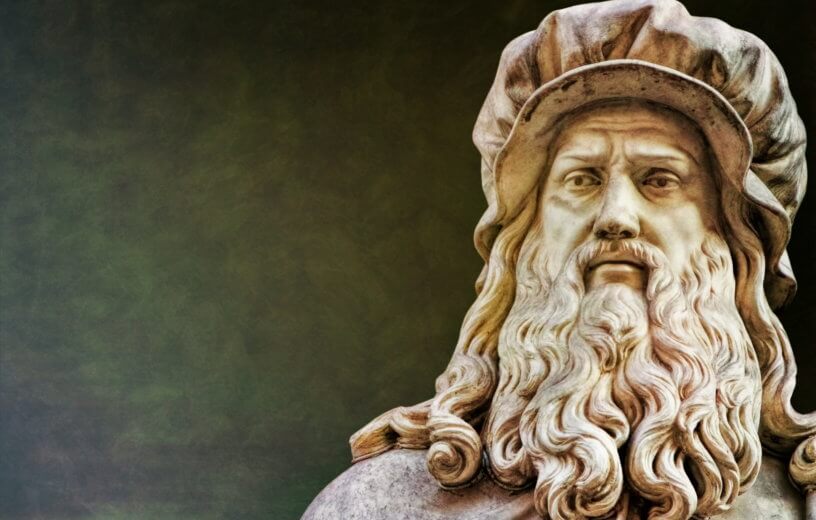
LONDON — Leonardo da Vinci is heralded as one of the most brilliant creative minds in history, but that mind may have wandered a bit more than the average genius. That’s because, according to a British researcher, there’s a strong probability that Leonardo suffered from Attention Deficit and Hyperactivity Disorder (ADHD).
The theory could explain why historical accounts claim the artist and polymath often failed to finish his works and was known for being a chronic procrastinator — two hallmarks of ADHD. Other symptoms of the disorder include restlessness, poor organization skills, and unhealthy sleeping habits.
“While impossible to make a post-mortem diagnosis for someone who lived 500 years ago, I am confident that ADHD is the most convincing and scientifically plausible hypothesis to explain Leonardo’s difficulty in finishing his works,” says Marco Catani, a professor from the Institute of Psychiatry, Psychology & Neuroscience at King’s College London, in a statement. “Historical records show Leonardo spent excessive time planning projects but lacked perseverance. ADHD could explain aspects of Leonardo’s temperament and his strange mercurial genius.”
Catani, who specializes in treating neurodevelopmental conditions including ADHD, suggests that the disorder may also have contributed to Leonardo’s creativity and other scholarly accomplishments. Biographers claim that he was always on the move and couldn’t stick to one task at a time, a trait that stood out even as a child. It’s said that Leonardo would work night and day, getting little sleep, and compensating for his work habits by napping throughout the day.
He was insatiably curious — to a fault. His inquisitive mind led to frequent distractions, which could be why he couldn’t complete jobs for patrons or collaborations with other artists. Catani says Leonardo was also left-handed and likely dyslexic.
But it’s also possible that having ADHD allowed Leonardo to think so freely and show unparalleled mastery when it came to his work and creations.
“There is a prevailing misconception that ADHD is typical of misbehaving children with low intelligence, destined for a troubled life,” says Catani. “On the contrary, most of the adults I see in my clinic report having been bright, intuitive children, but develop symptoms of anxiety and depression later in life for having failed to achieve their potential.”
Of course, many children and adults today turn to modern medicine for help with curbing the effects of the very prevalent condition. We’ll never know just how many other masterpieces from Leonardo would be hanging in museums today if modern-day treatments were available for ADHD back then, but Catani contends we’d celebrate him even more so today.
“Undeniably Leonardo accomplished more than any other human being could possibly dream of in a lifespan,” he writes, “but one wonders what would have been the impact of his work on history if he had managed to apply himself more consistently to his art and effectively disseminate his intuitions and discoveries.”
The iconic figure of the Italian Renaissance died on May 2, 1519.
Catani’s paper is published in the journal BRAIN.
